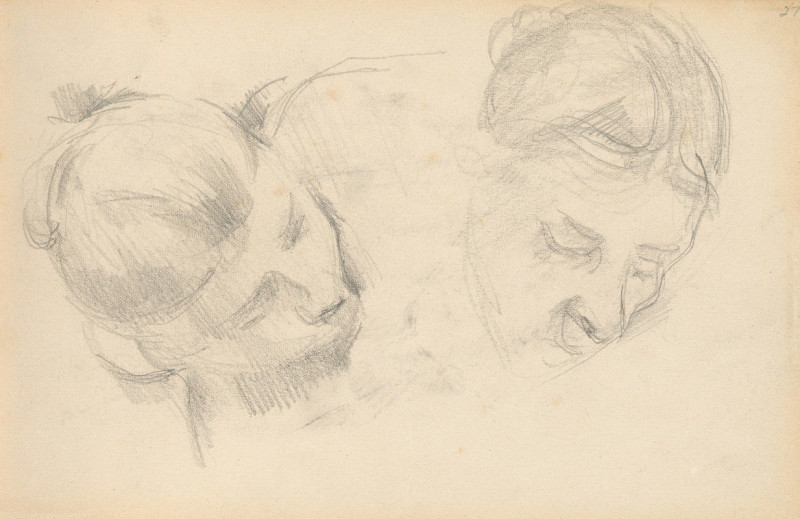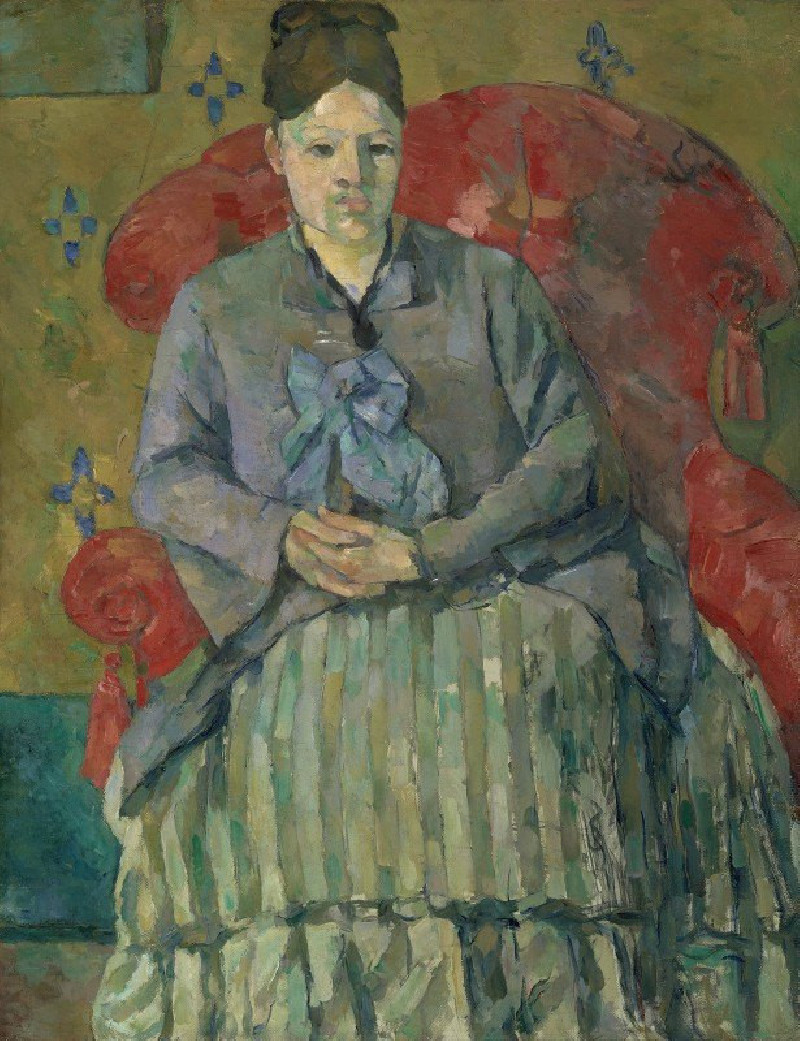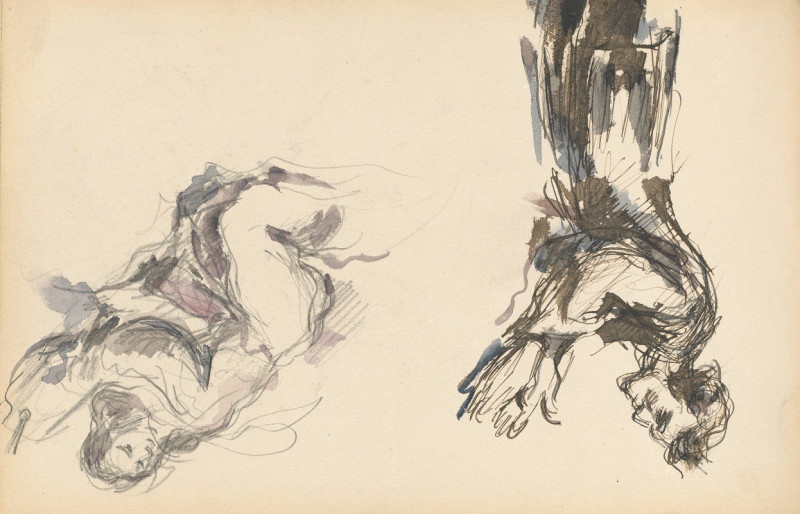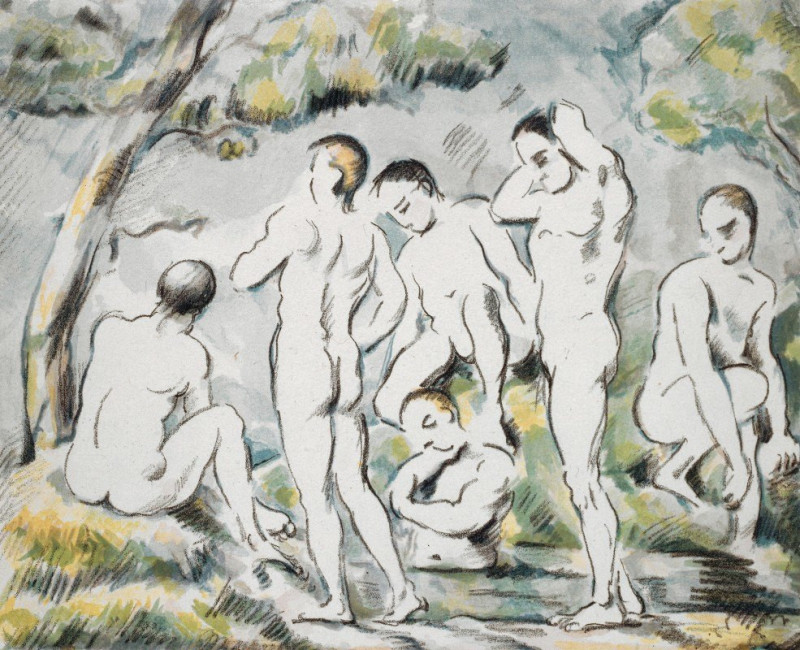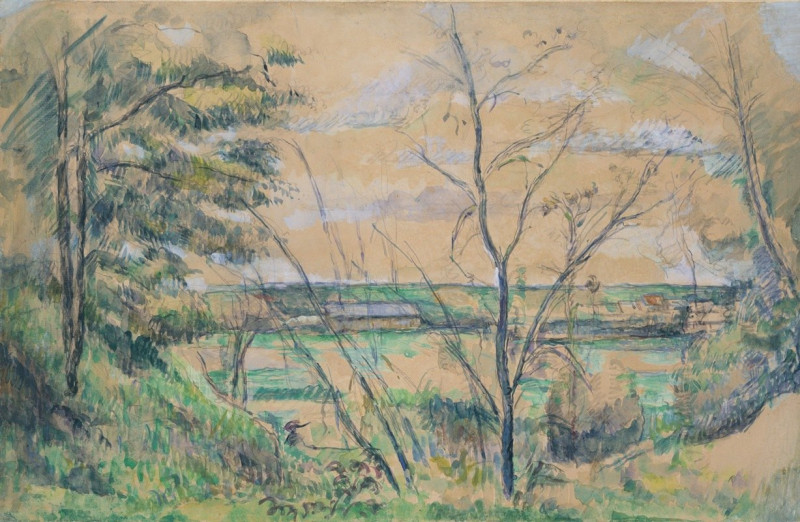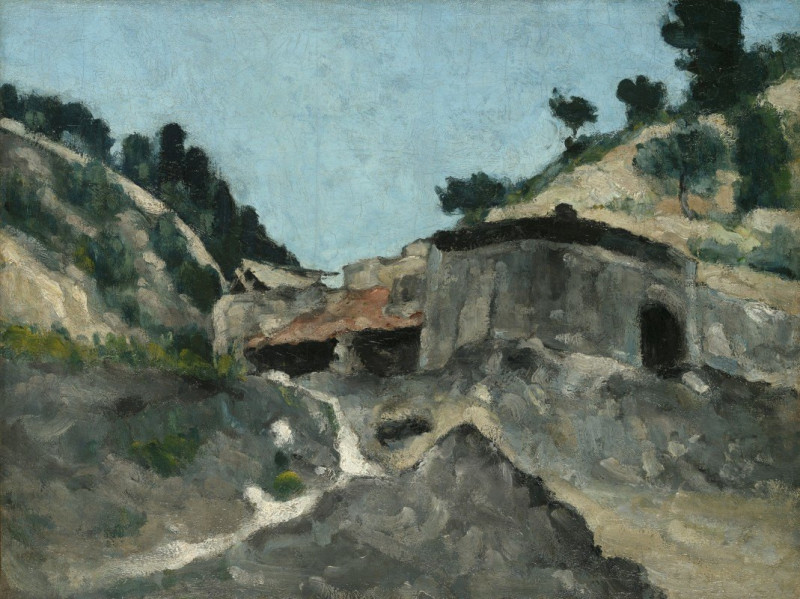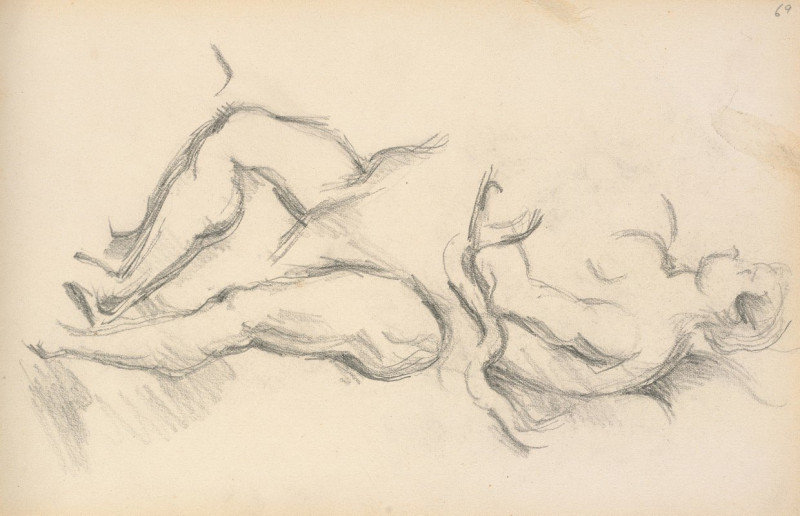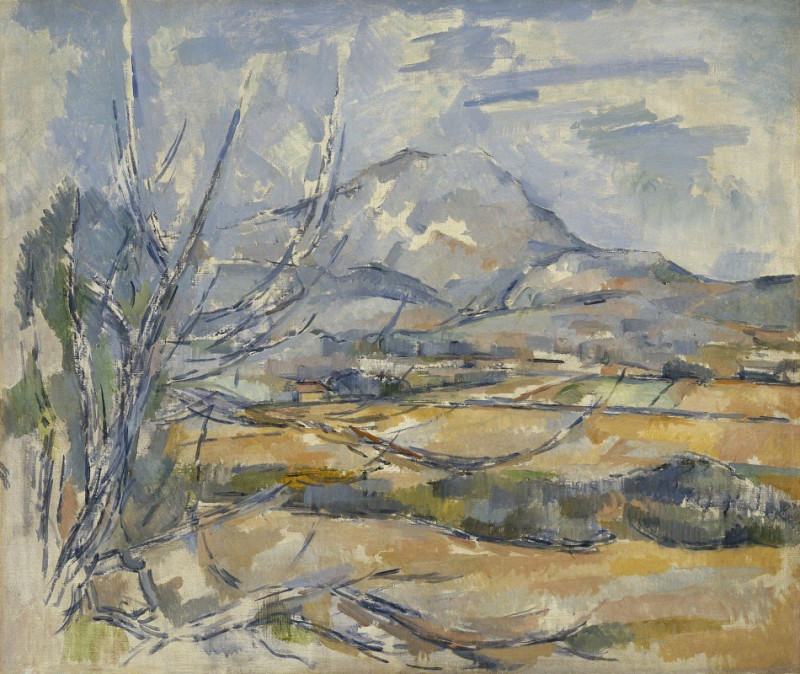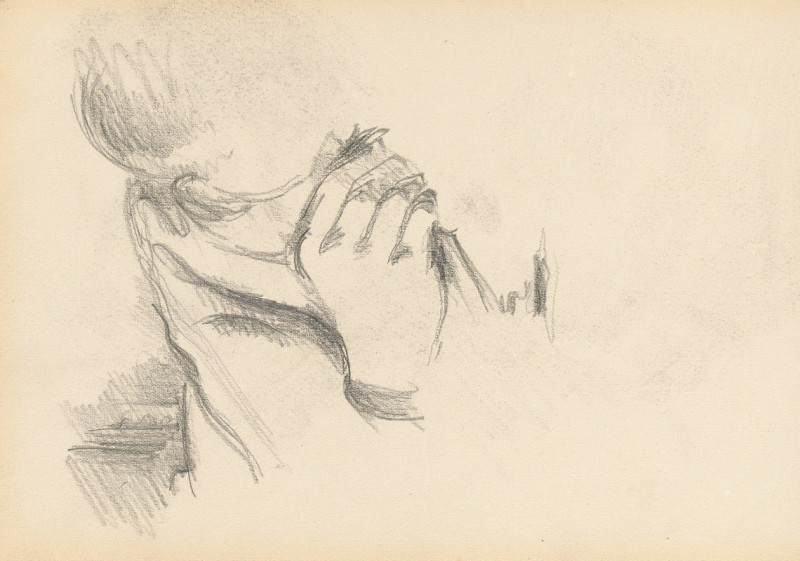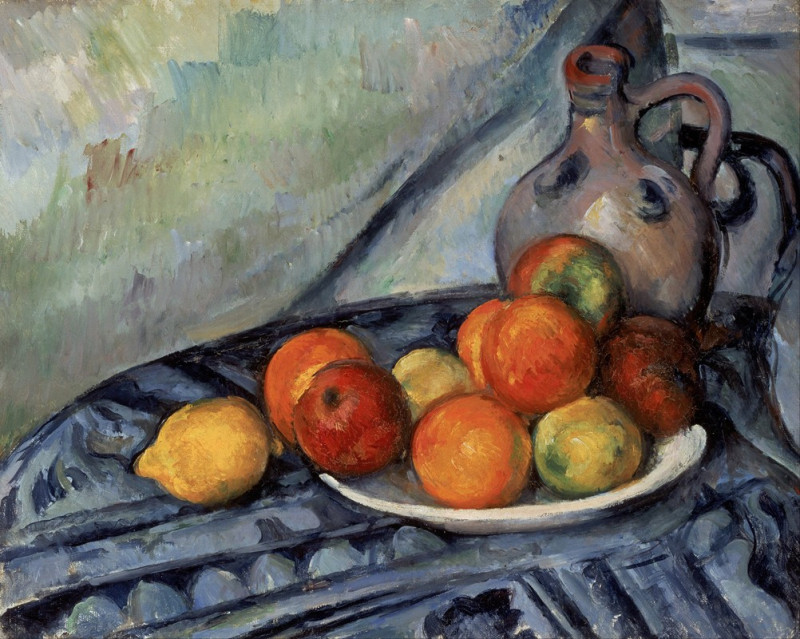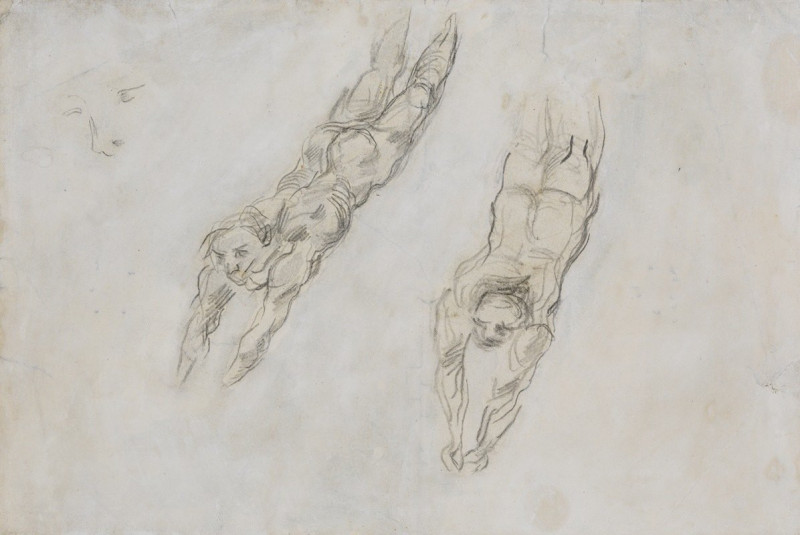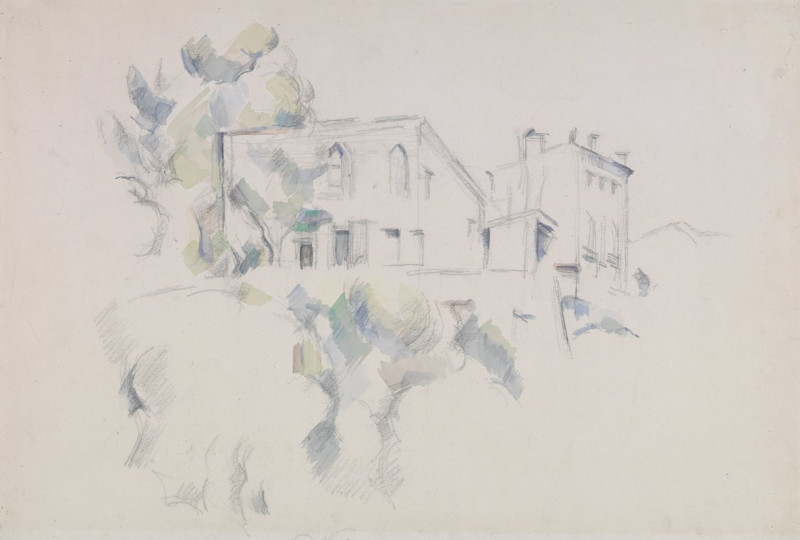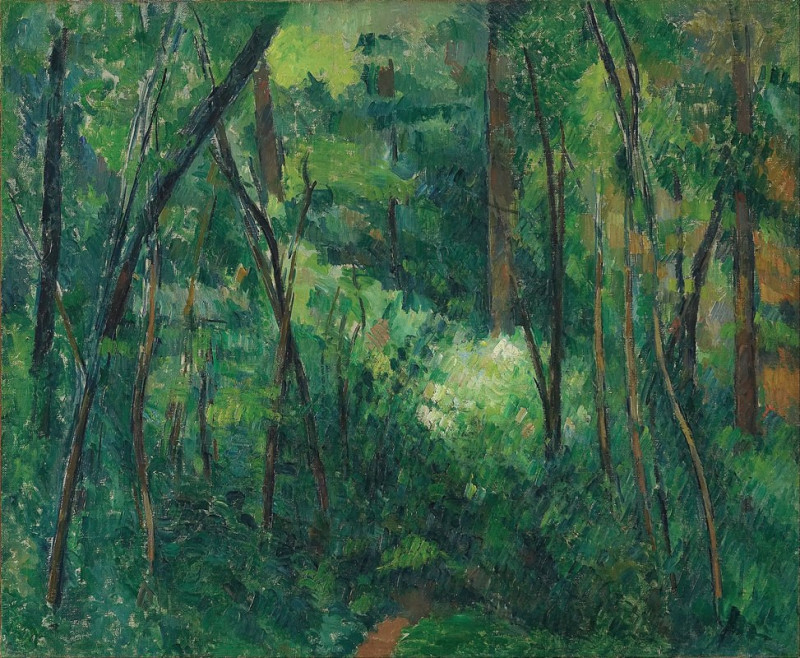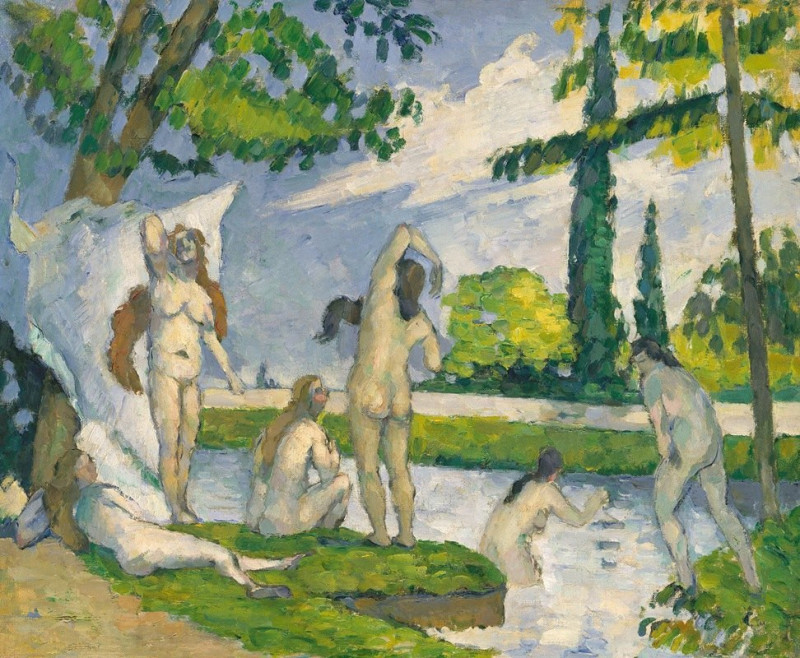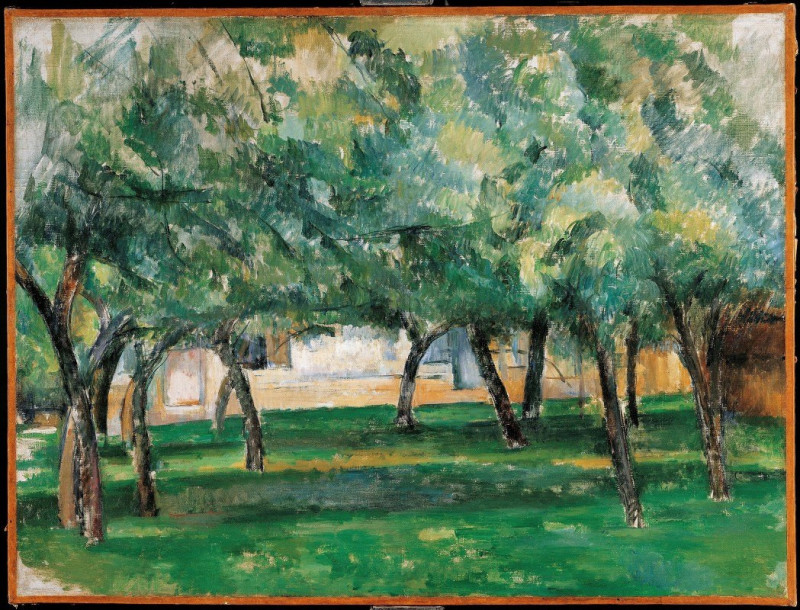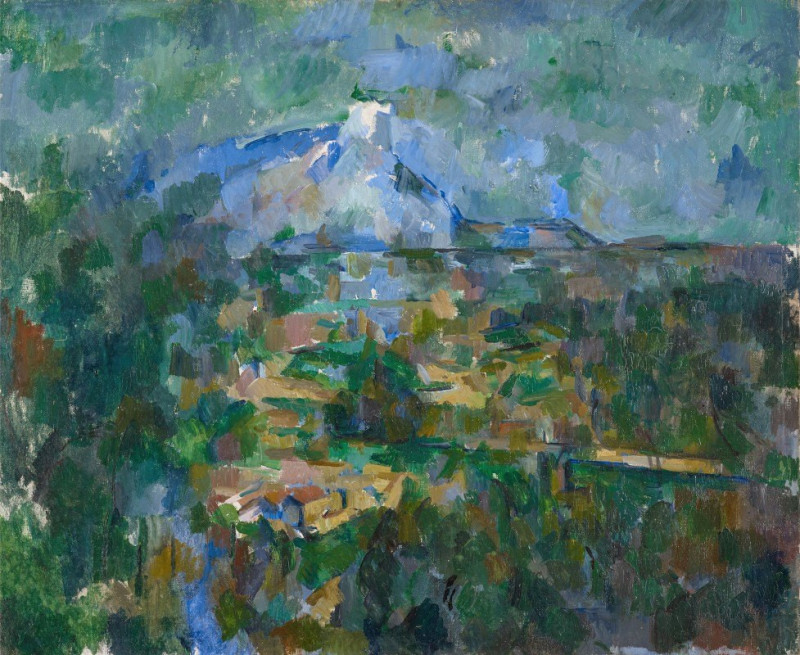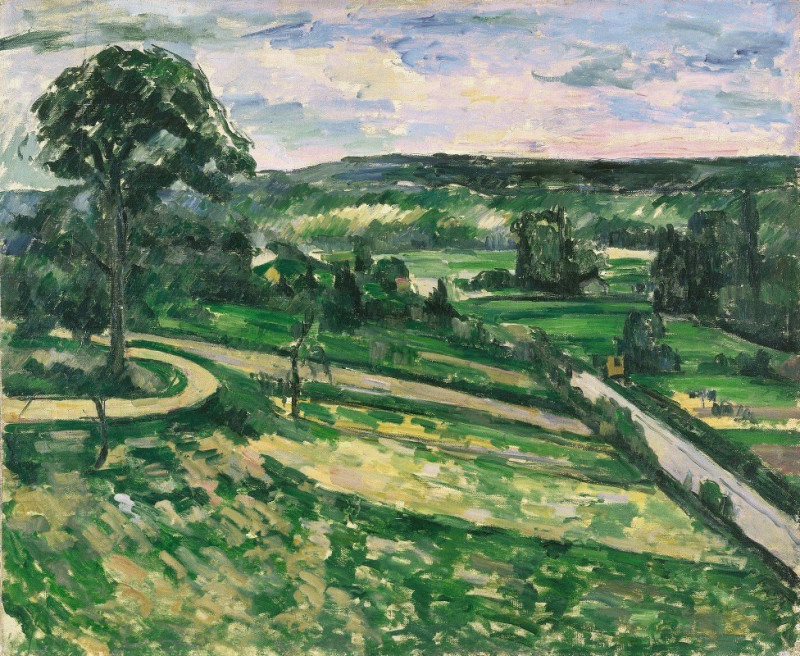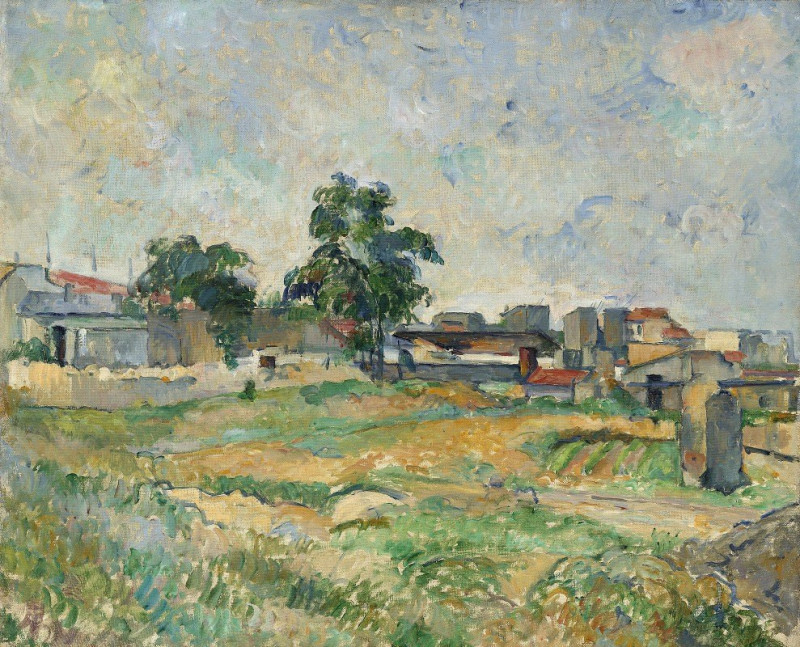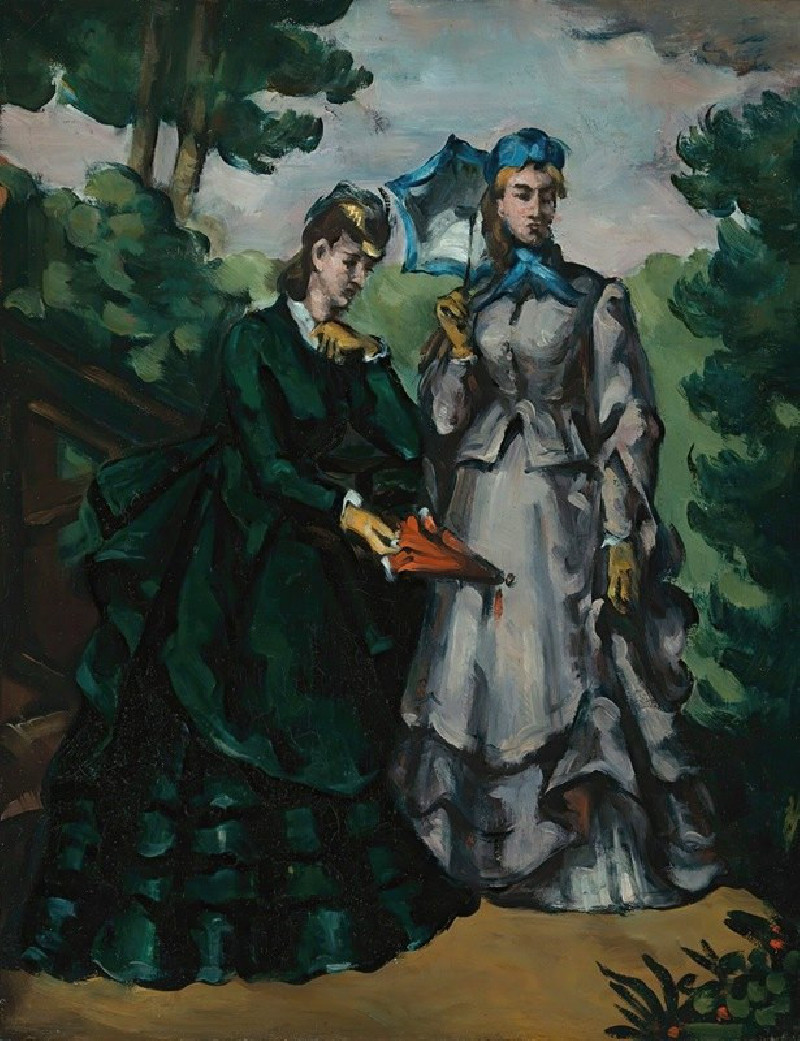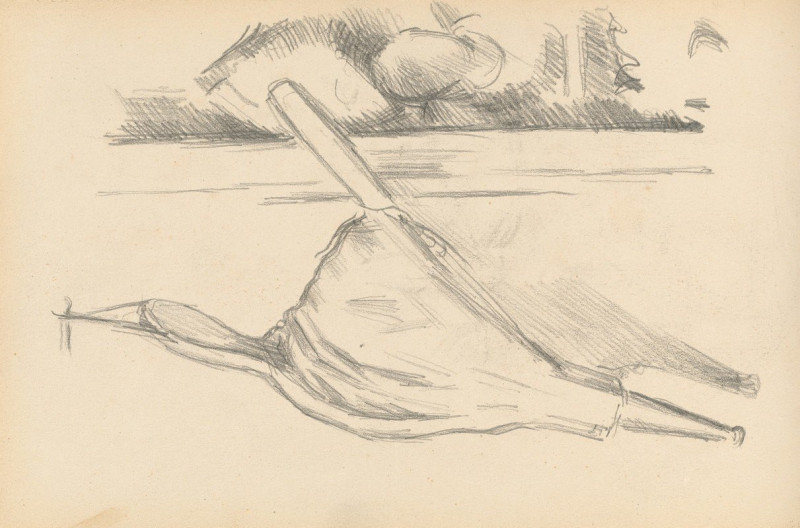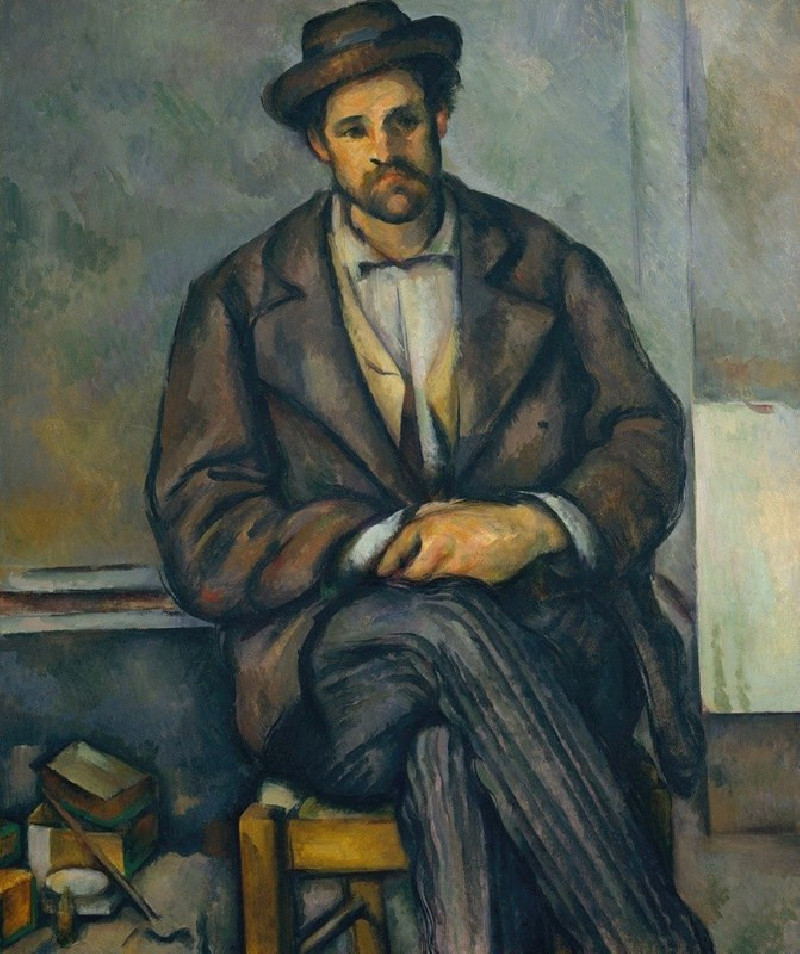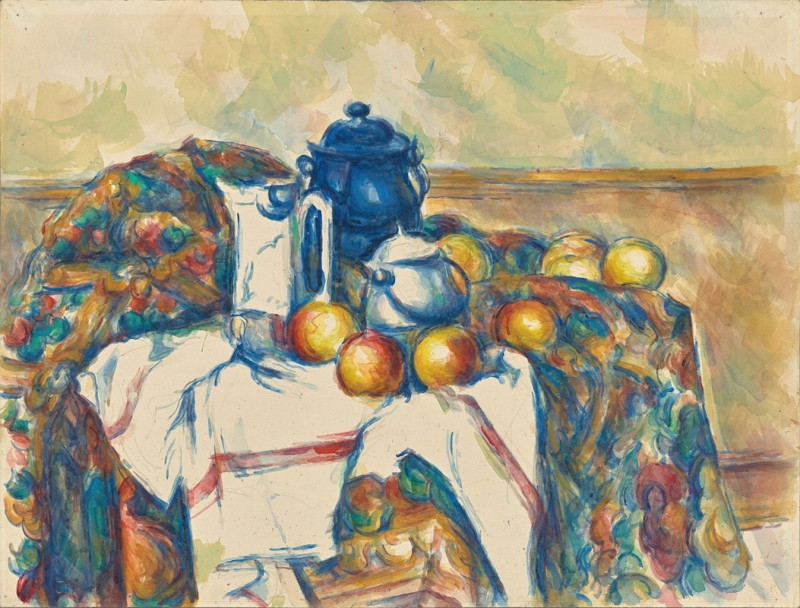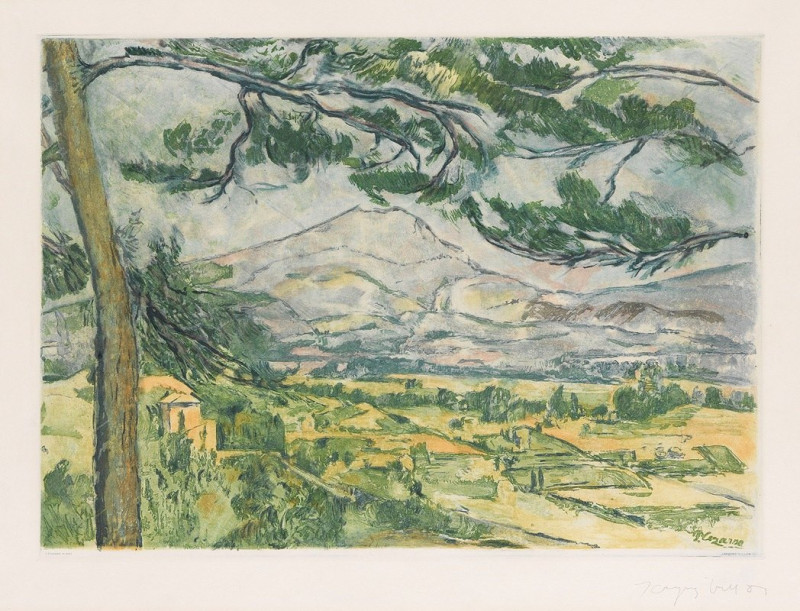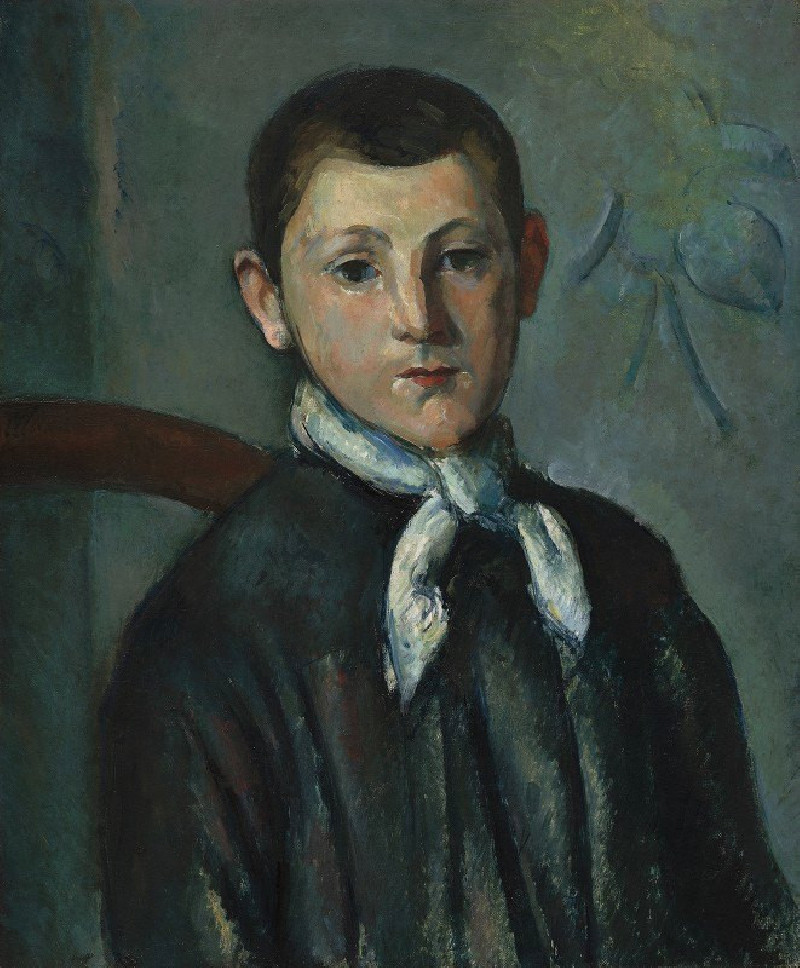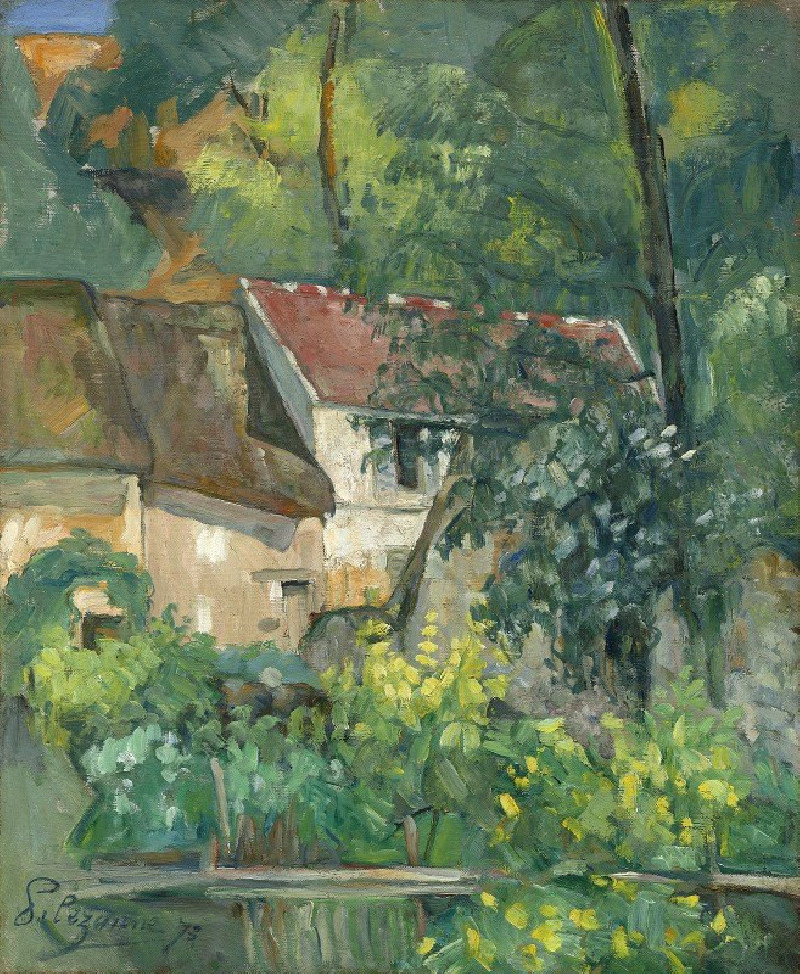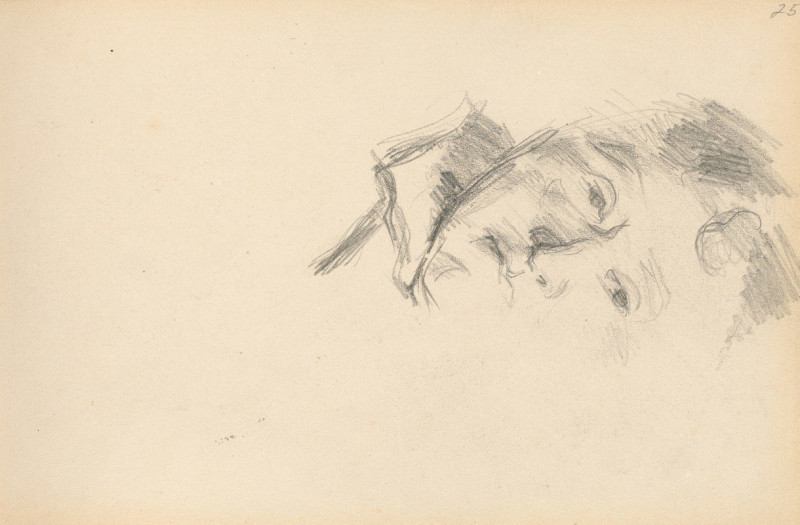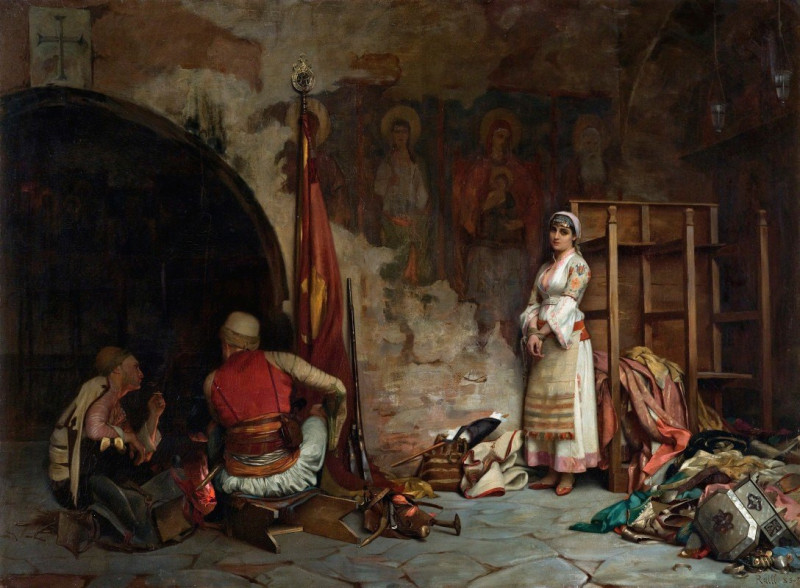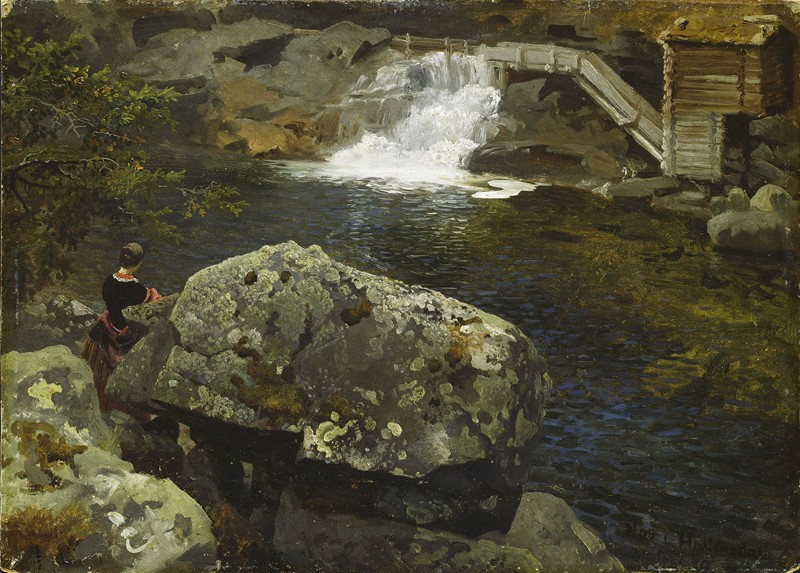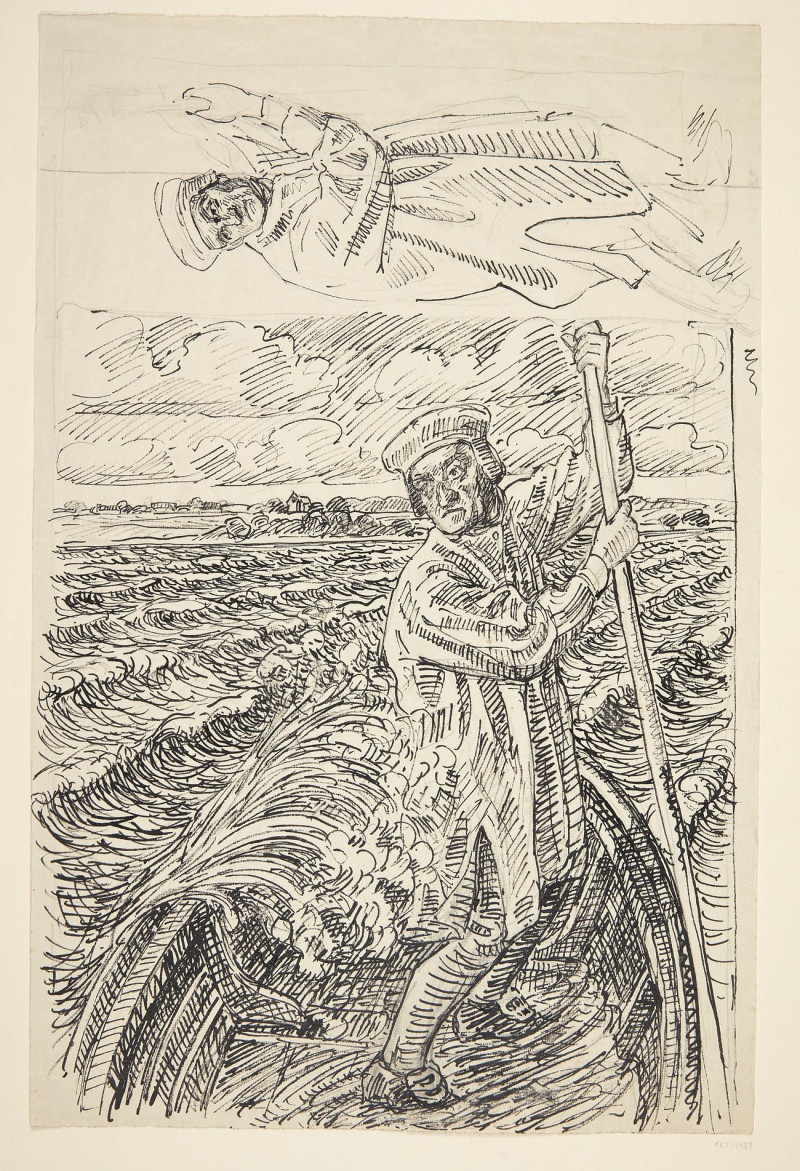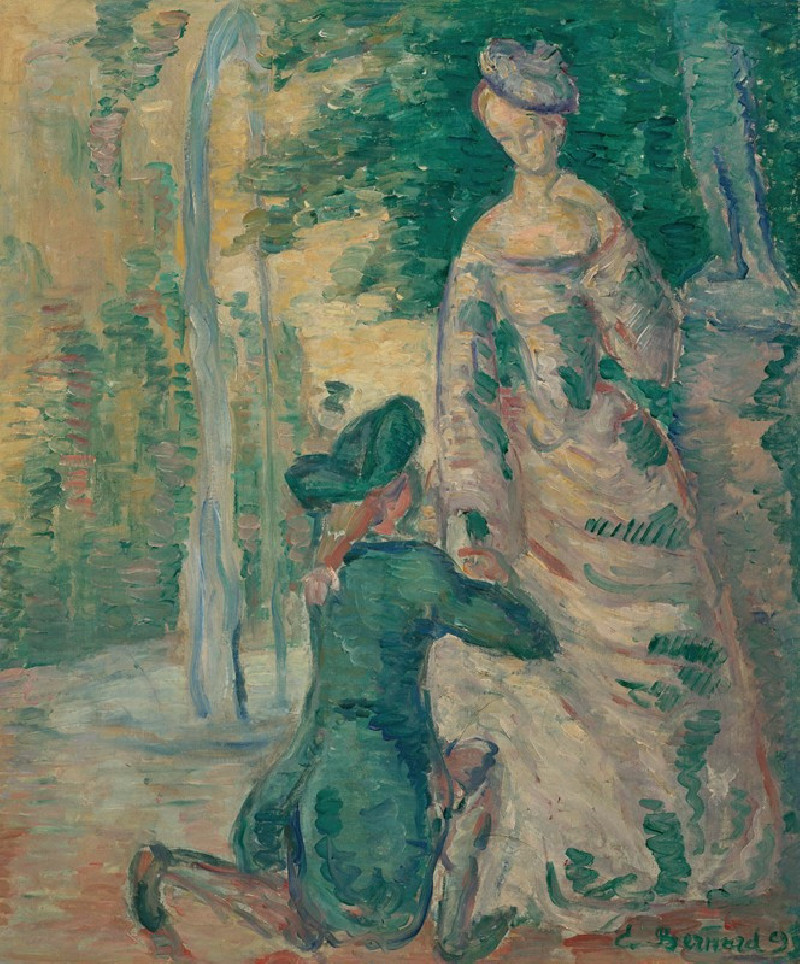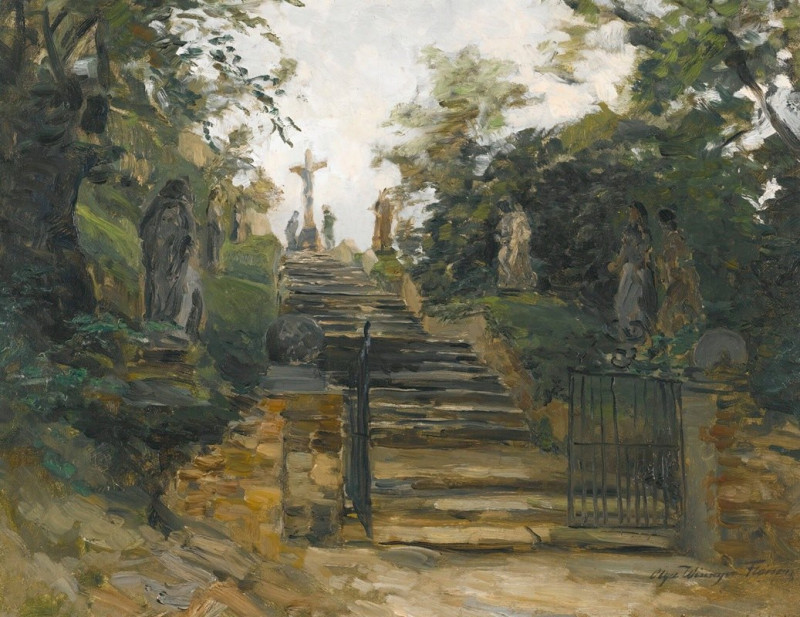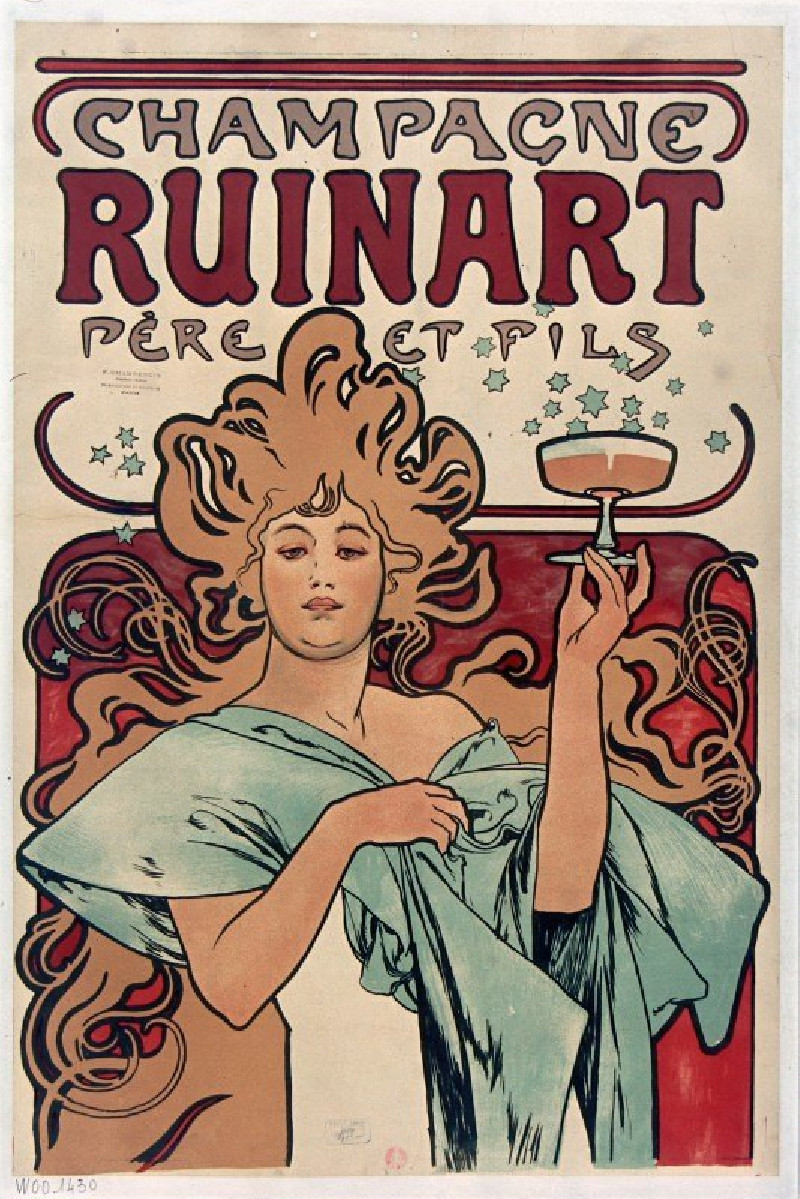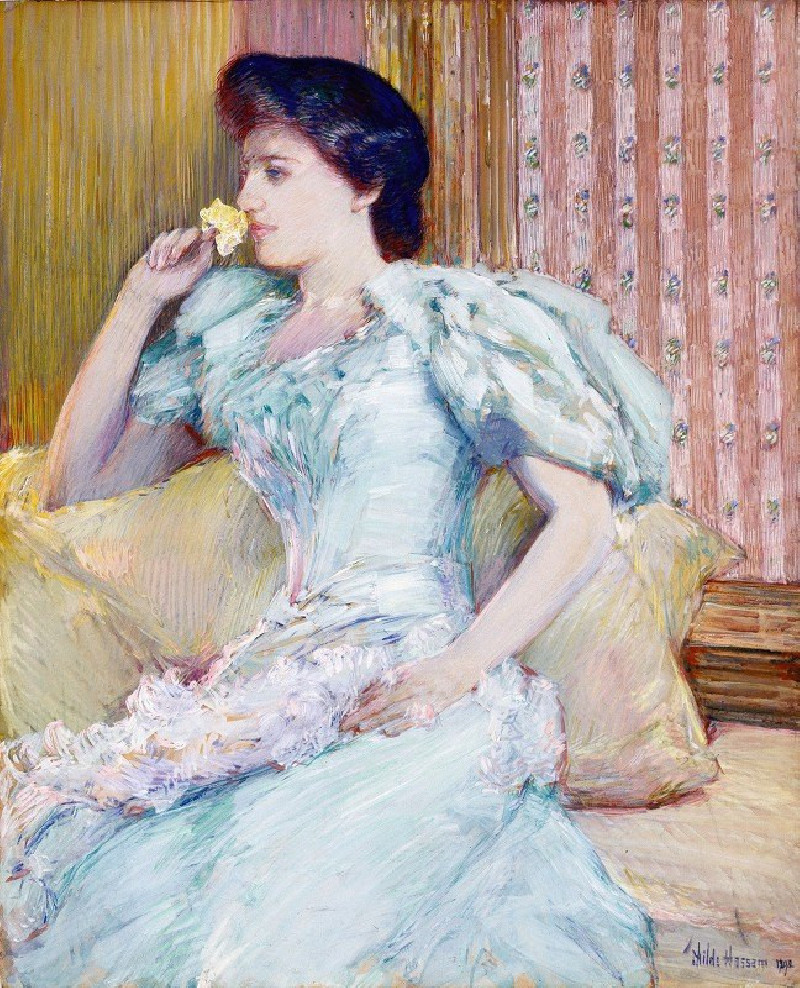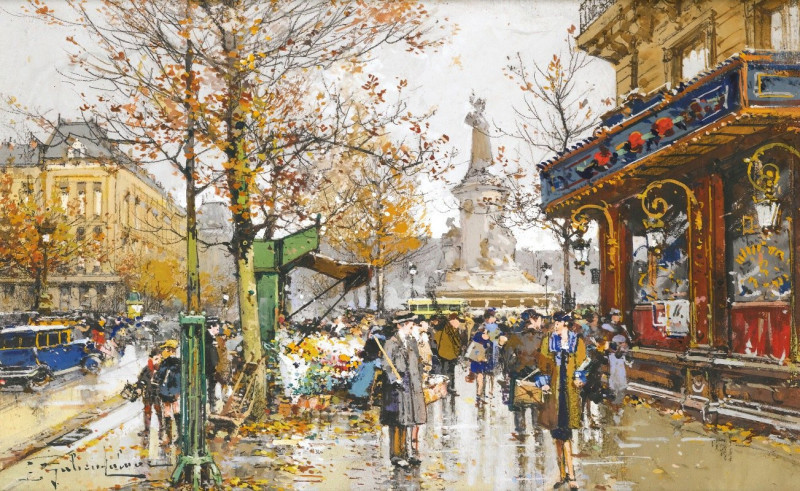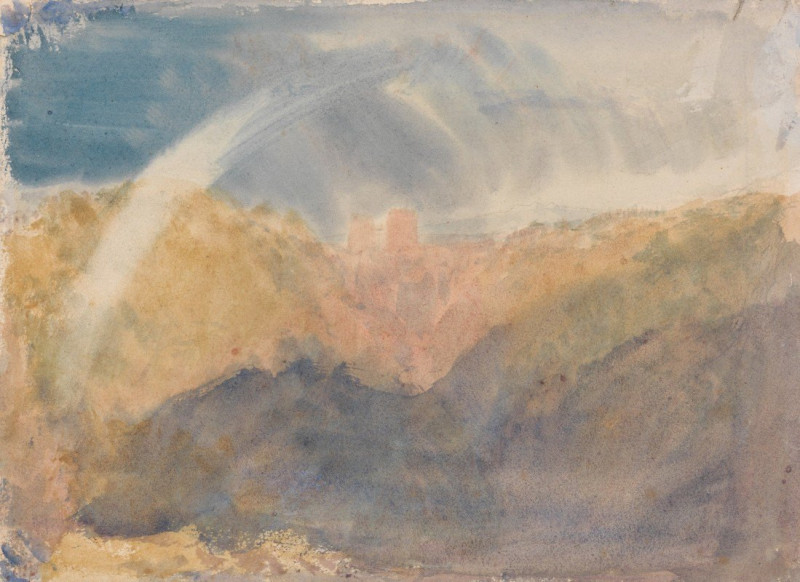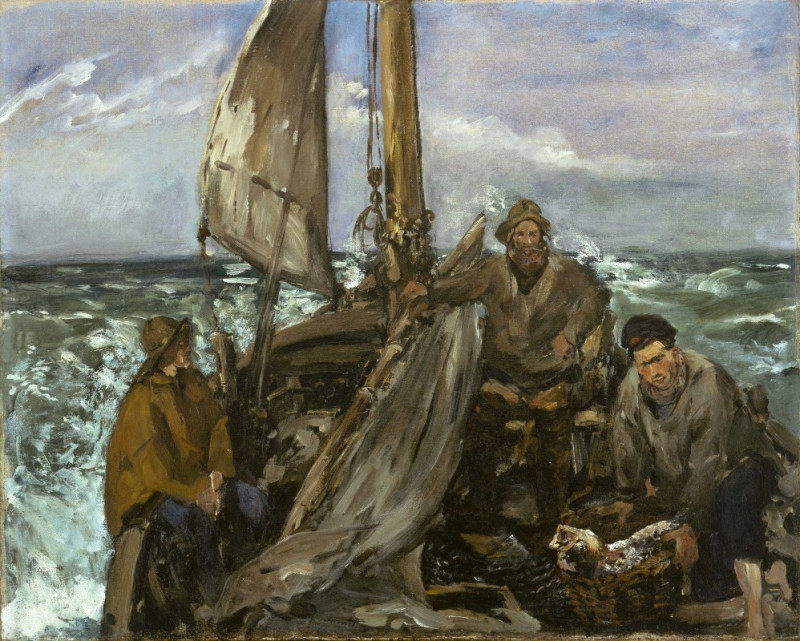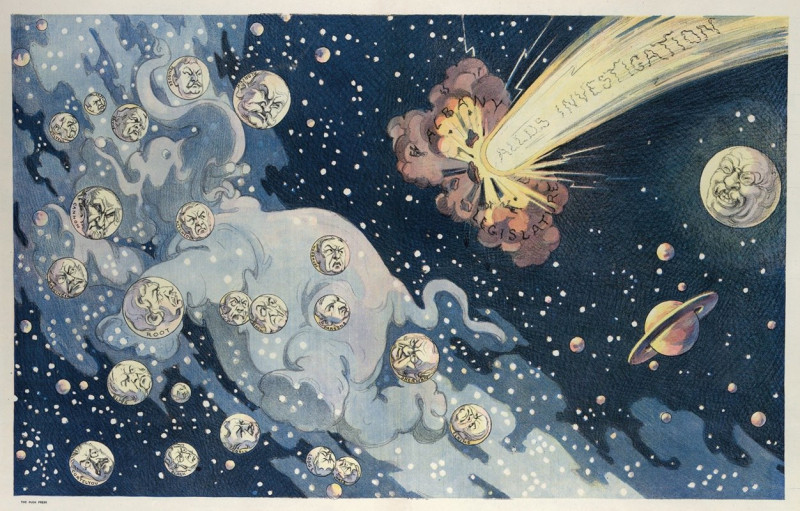Two Heads of Women (1890-1894)
Technique: Giclée quality print
Recommended by our customers
More about this artwork
The striking artwork titled "Two Heads of Women" by Paul Cézanne, created between 1890 and 1894, captures the essence of his experimental sketching style that emphasizes the dynamic relationship between line and shadow. The piece features two profiles of women, portrayed with gentle yet defined pencil strokes that suggest not just their physical appearance but also a fleeting glimpse into their demeanor.Cézanne’s use of light and shadow brings a three-dimensional quality to the flat medium, offering each figure a subtle depth and realism. The woman on the left is adorned with what appears to be a headband or ribbon, her features softly defined, exuding an air of calm and introspection. The woman on the right, contrastingly, is depicted with slightly sharper contours, her downcast gaze evoking a sense of contemplation or melancholy.This drawing stands out as a testament to Cézanne’s mastery in capturing human expressions and emotions with minimal yet powerful lines. It invites viewers to ponder the individual stories and spirits of these women, each rendered with a unique blend of sensitivity and strength.

